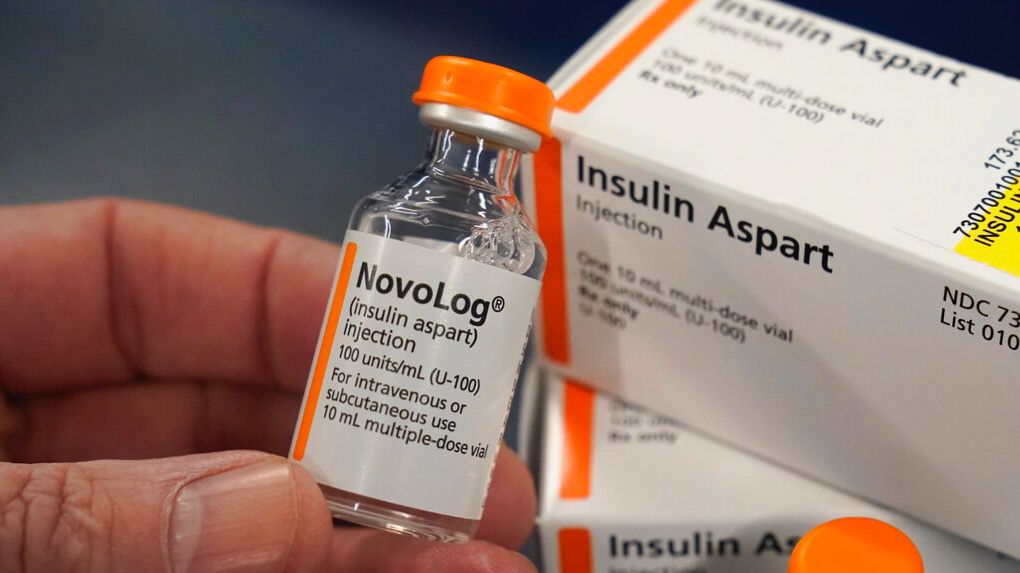MADISON, Wis. — Medicare beneficiaries have filled more insulin prescriptions since the Inflation Reduction Act went into effect, according to new study from the University of Wisconsin School of Medicine and Public Health and the University of Southern California Schaeffer Center for Health Policy & Economics.
The Inflation Reduction Act went into effect in Jan. 2023. The act put a $35 cap on out-of-pocket costs on insulin for seniors who use Medicare. This included those who use insulin pumps, according to the American Diabetes Association.
“Many Americans are concerned with the cost of insulin because people with diabetes are at great risk of serious health problems, including nerve damage, heart attack and stroke,” John A. Romley said. “This new policy has the potential to do two things: save money for people who are taking insulin, and help people afford insulin to begin with.” He is a study co-author, and associate professor at the USC Sol Price School of Public Policy and Alfred E. Mann School of Pharmacy.
The study found that after the cap went into effect, the number of insulin fills among Medicare Part D enrollees rose from 519,588 to 523,564 per month.
Looking at the same time frame, the study also found insulin fills decreased among older adults who are not yet eligible for Medicare.
“Our analysis suggests that this policy meaningfully reduced the number of Medicare beneficiaries who were not filling their insulin because of the cost — which would have potentially put their health at risk,” said Rebecca Myerson, study lead author and assistant professor of population health sciences at the UW School of Medicine and Public Health.
The study evaluated data from 92% of retail pharmacies and 70% of mail-order and long-term care facility pharmacies in the nation. The sample included a total of 14 million insulin fills.
Researchers said the number of insulin fills for those who do not use Medicare decreased after the legislation was enacted. During a one-month period, insulin fills for those without Medicare dropped from 344,719 to 330,229.
Once the cap was enacted, an average of 366,928 Medicare enrollees’ out-of-pocket costs were $35 or less. Before the cap, that number was previously 340,509, according to the study. More people on Medicare were saving money under the legislation.
When looking at those without Medicare, once the cap was enacted, an average of 242,733 patients’ out-of-pocket costs were $35 or less. Before the cap, that number was previously 220,867, according to the study. Those who are not on Medicare are paying more money out-of-pocket, on average.
“After adjusting for differences in the study sample, the analysis suggests that Medicare beneficiaries filled about 50,000 more insulin prescriptions per month that were below $35, and about 20,000 of these fills would not have taken place if not for the policy,” UW School of Medicine and Public Health said in a statement.
Researchers said the cost cap may have impacted different demographics in different ways.
“Ensuring access to affordable insulin is critical for promoting health equity given that Black and Latinx individuals, including among Medicare populations, are more likely to suffer from diabetes and experience barriers in accessing diabetes medications, including insulins,” Dima Mazen Qato said. She is the study co-author and Hygeia Centennial Chair and associate professor in the Titus Family Department of Clinical Pharmacy at the USC Mann School.



